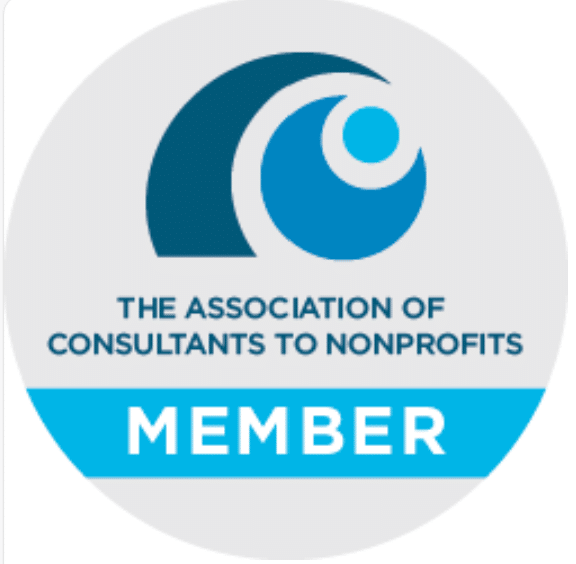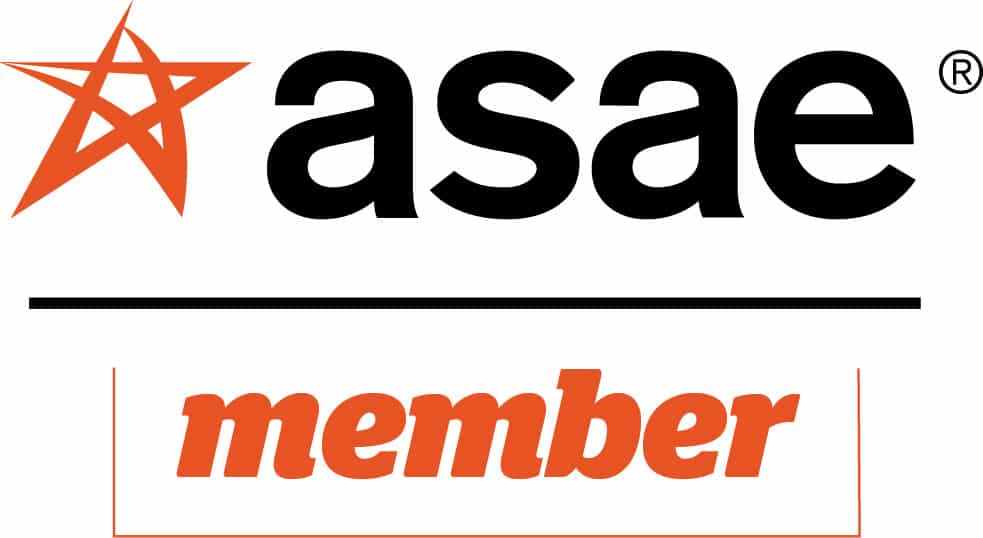Organizations often claim to have strong member focus, but how can they be sure they truly are? It’s easy to assume alignment with member needs, but testing that alignment is a critical exercise. Here are two practical ways to evaluate whether your organization genuinely prioritizes its members and maintains a strong member focus.
1. The Member Test: Seeing Through Their Eyes
To pass the Member Test, your organization must consistently put itself in its members’ shoes. This means understanding their challenges, aspirations, and how your offerings align with their needs. Consider these steps to ensure a clear member focus:
Engage Directly: Conduct member surveys and interviews to gather feedback about their priorities and satisfaction with your programs and services.
Create Personas: Develop detailed member personas to represent key segments of your audience, ensuring their needs and goals guide your decisions.
Audit Your Offerings: Review your programs, events, and benefits to assess how well they address member priorities. Are they solving real problems or adding tangible value?
For example, a regional medical association realized through member interviews that rural healthcare providers felt isolated and unsupported. In response, the association launched a virtual peer network where members could share resources, discuss challenges, and access specialized training. This initiative strengthened the association’s member focus and bridged a significant gap for rural providers.
Another example comes from a professional society that discovered its members wanted more real-world applications of industry research. The society responded by creating practical toolkits and case studies that applied research findings to day-to-day work, resulting in a measurable increase in member satisfaction.
Aligning with member needs enhances engagement, which in turn strengthens loyalty and drives growth
2. The Mission Test: Aligning Action with Purpose
The Mission Test evaluates whether your organization’s activities align with its mission. A misalignment often signals a drift from member focus, as the mission should encapsulate why your organization exists and whom it serves. Here’s how to apply this test to ensure a mission-driven member focus:
Revisit Your Mission Statement. Ensure it clearly reflects member-centric goals. Is it still relevant to today’s members’ needs?
Evaluate Resource Allocation: Review your budget and staffing to confirm alignment with mission-critical initiatives. Are you investing in areas that deliver the most value to members?
Assess Program Impact: Measure whether your offerings advance the mission in ways that benefit your members. Programs that fall outside this scope might require reconsideration.
For instance, an engineering association with a mission to “advance innovation in sustainable design” noticed that its flagship journal focused primarily on theoretical research. Members, however, wanted more content on practical, implementable solutions. The organization restructured its editorial priorities to include applied case studies and industry best practices, ensuring alignment with its mission and reinforcing member value.
Similarly, a nonprofit association serving educators identified a disconnect between its mission to “equip teachers for success” and its outdated professional development offerings. The association realigned with its mission by shifting resources to develop online, on-demand courses tailored to specific teaching challenges and significantly increased member engagement.
Why These Tests Matter
The Member Test and the Mission Test are essential tools for ensuring your organization remains grounded in member priorities. When you pass these tests, you create a virtuous cycle: aligning with member needs enhances engagement, strengthening loyalty and driving growth. This unwavering member focus can set your organization apart in a competitive landscape.
The Member Test and the Mission Test are essential tools for ensuring your organization remains grounded in member priorities.
Next Steps: Putting the Tests into Action
Here’s how to start:
Survey Your Members: Use tools like surveys or focus groups to gather insights into their current needs. Strong member focus begins with listening.
Audit Your Activities: Review your programs, events, and communications using the Member Test and Mission Test to ensure alignment.
Adjust Strategically: Make data-driven decisions to align offerings with member priorities and your mission, ensuring consistent member focus.
Final Thoughts
Being truly member-focused requires more than good intentions; it demands deliberate effort and consistent evaluation. By implementing the Member Test and Mission Test, your organization can stay aligned with what matters most—your members.
Are you ready to test your member focus? Start small, and the results will speak for themselves. A member-focused organization is stronger and better equipped to fulfill its mission and thrive in the long term.
To read more about member focus, please see How to Make Membership An Offer They Can’t Refuse and “Focus on Members Who Love You Most.”













